Embarking on a brand collaboration journey in China can certainly feel like stepping into the unknown. Speaking from firsthand experience, I can tell you that appreciating and comprehending the nuances of China’s consumer culture is truly essential.
Here, authenticity and innovation aren’t just buzzwords – they’re values deeply embedded within the shopping psyche (Here’s an interesting tidbit: In China, brand collaborations are cherished as they herald unique value that can’t be duplicated).
Hence, this blog is designed to act as your detailed map – filled with success strategies and fool-proof tips for navigating brand collaborations effectively in this bustling marketplace.
Are you ready to embark on an invigorating exploration into collaborative branding Chinese style? Come on right ahead!
Key Takeaways
- Brand tie-ups in China help reach more people. They also connect brands with fresh trends.
- Key Opinion Leaders (KOLs) in China are crucial for brand marketing. By joining with these big stars, brands can tap into their large fan bases.
- In China’s market, social media stardom matters a lot. When two beloved brands join forces, it sparks quick sales and excitement among fans.
- To win over Gen Z shoppers, big companies use the metaverse for digital ads and campaigns. Virtual reality makes branding fun and creative!
The Power of Brand Collaborations in China
In China, brand collaborations wield enormous influence. They’re a transformative way to reach wider audiences (especially among young Chinese consumers), simultaneously speaking volumes about public opinions and local preferences.
It’s a high-stakes game, where investment in social currency is critical and nostalgia marketing often seals the deal. To truly resonate with China’s Gen Z market segment though, domestic and foreign brands must understand their unique needs while gamely incorporating elements of Chinese culture into campaigns.
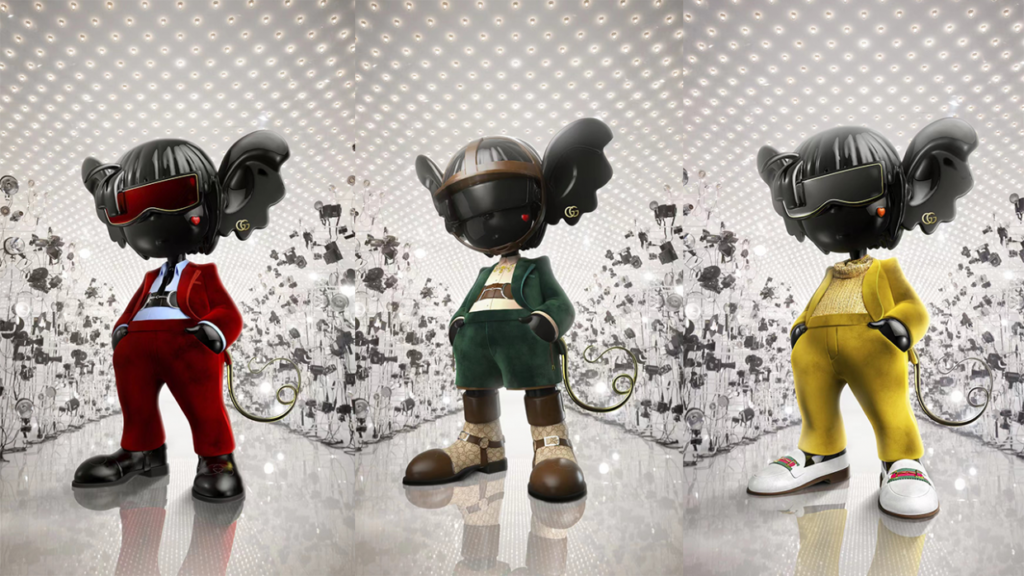
Communicating with the public opinion
Speaking to the public is key to brand growth. In China, it’s more than just saying things about your brand. It’s a two-way street where you listen and speak. You need to know what people think and feel about your brand.
Only then can you answer their needs or change their thoughts if needed. This helps maintain a good image too, especially during tough times like crises, as clear speech builds trust quickly with people online, hence preserving the reputation of your brand.
Localizing for the Chinese market
I know it well. We have to make our brands fit in with the China market. Think of it like putting on clothes that feel right and look good too. We need cultural adaptation to win consumer trust.
That means learning about their values, needs, and wants.
It’s true what they say. If we work with local brands, we can get there faster! They help us speak the same language as our customers.
Hotels from other countries are also doing this in China so they stand out less as foreign places and more as comfort spots for people to rest easy at night.
But one thing stands out clearly – we don’t always have to localize all parts of a line or service –sometimes partial localization makes sense too. You can also go for co-branded products, working with a Chinese brand, that already gained its name in the realms of Chinese fashion.
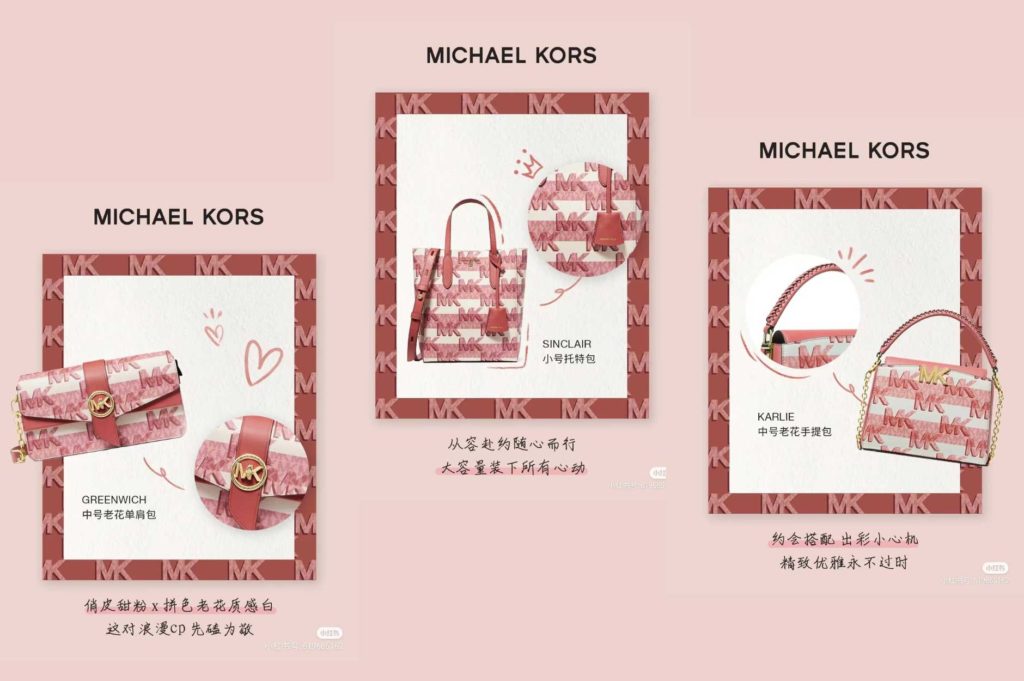
Think of Guanxi—it’s a special rule used by Chinese firms that gives them an upper hand in business dealings there—it helps international brands blend better into the local scene while standing tall among competitors!
Getting your thinking cap on for understanding your customers is key here–aligning products that shine bright just for them!
So reminder here: let’s adapt–our products should match up favorably with their culture –yeah, sounds cool doesn’t it? Let’s do this!
Investing in social currency
You need to think about social currency in China. It helps your brand get more growth. Brands do this by joining with others. When brands join, they become big news on social media. They collaborate on specific festival days, make campaigns together, or create co-branded products to enrich brand image and reach out to middle-class Chinese consumers.
This makes their customers happy and talk about them more. Also, it helps the brand be cool and exciting for Chinese buyers, who love new things. This is how you bring in more money and make your mark.

Leveraging nostalgia marketing
I have seen firsthand how nostalgia marketing works wonders in China. The trend isn’t just for the show – it really sells! We use well-known things from the past, stuff that people liked and missed.
By bringing them back, we built strong links with millennials who love a bit of a throwback. I remember one time we built this campaign around an old national food brand. People saw our ads on their screens and they felt like kids again! Believe me when I say, nostalgia marketing is one powerful way to make your brand stand out here in China.
Understanding the needs of Gen Z
Gen Z in China has a lot of money to spend. They love brand-new things that are different from the rest. Designer toys of many styles make them happy and they buy a lot. To win their hearts, brands must be very smart. They also should engage themselves in an ethical and transparent fashion if they want to win the hearts of Gen Z consumers.
Partnering with other brands works well too! This is called cross-brand collaboration — it’s like magic for Gen Z buyers in China!

Taking cues from street culture
Street style is a big deal in China. Kids want to wear the latest trends and unique pieces. Fashion cross-brand collaborations often use this pull of street culture to their advantage.
Brands like Jordan have done well here. How? They gave sneaker fans cool shoes that were different from what others offered. It’s all about building social currency with the audience, making them feel part of something fresh and exciting!
In China, quirky is good – it sells fast! Wearing something odd or strange can be seen as an expressive act, showing off your personality loud and clear on busy streets. Brands that play into this mindset will win hearts easily.
Engaging customers through immersive experiences also works wonders for brand partnerships here. More than just buying an item, people love feeling part of a wider cultural trend they can share and talk about with friends.
Tailoring one’s strategy to fit these specific needs helps build stronger connections overall!
Being in touch with Chinese streetwear takes effort but pays off handsomely for brands aiming at long term success in collaborations!
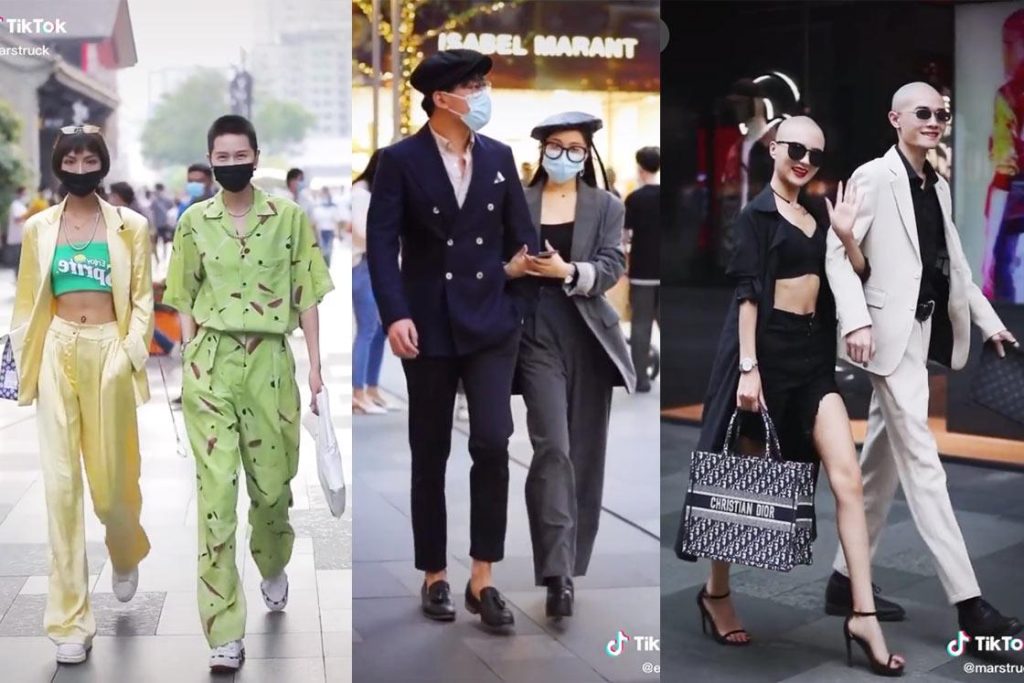
Best Practices for Successful Brand Collaborations in China
In China, successful brand collaborations rely heavily on the use of Key Opinion Leaders (KOLs) as top marketers. More often than not, ‘Brand x Brand drops’ prove to be a safe and effective bet for partnership success in this market.
Emphasize authenticity by employing local talent for messaging and branding purposes. There’s also a goldmine within the Chinese Gen Z demographic that brands are tapping into using the emerging trend of metaverse marketing techniques.
Utilizing Key Opinion Leaders (KOLs) as top marketers
In China, I use Key Opinion Leaders (KOLs) for smart marketing. Here are the steps I follow:
- First, I find a KOL. They have big fan bases in China.
- Next, I partner with these KOLs. This helps my brand tap into its large fan base.
- These KOLs act as helpers to communicate between my brand and our target audience.
- Most Chinese brands use KOLs, but now more global brands use them too.
- The role of these KOLs in fashion and commerce is growing thanks to social media and online shopping sites.
- To make my brand popular in China, we use KOL marketing or influencer marketing strategy.
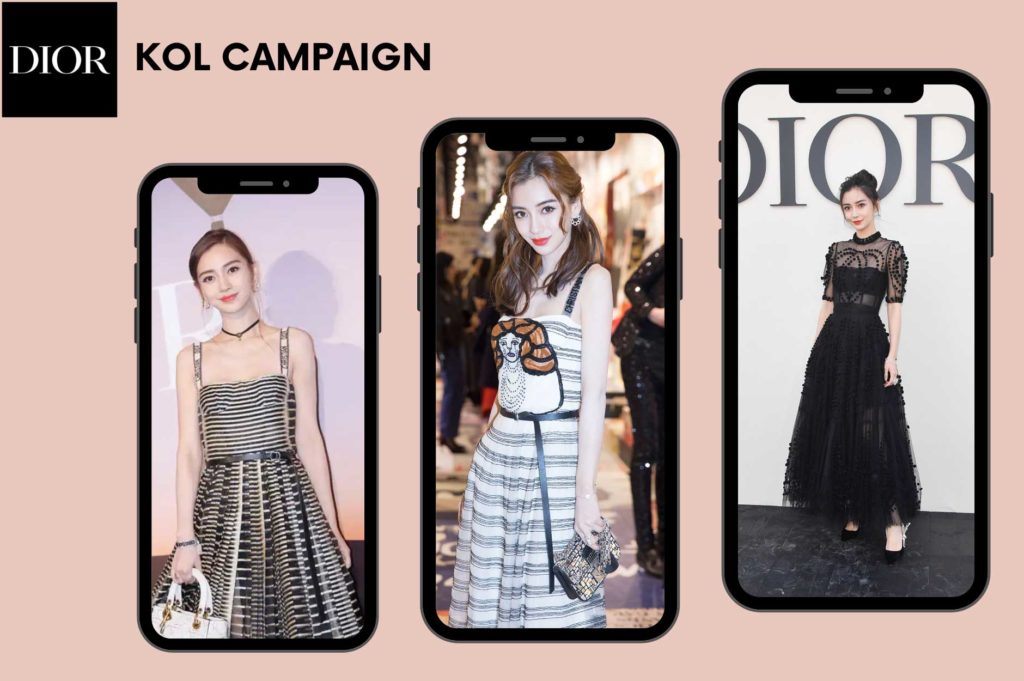
Brand x brand drops as a safe bet
Brand x brand drops work well in China. They are seen as safe for any brand looking to win in this market. This is because both brands can share the cost and rewards of their effort.
It’s like having a partner to trust and rely on when climbing a tall mountain! Also, users find it fresh and fun to see two favorite brands come together. So, it stirs up excitement which often leads to quick sales.
As a marketing manager, I suggest using Brand x brand drops more often, especially if you’re just starting your journey in China.
Utilizing local talent for authentic messaging
Getting local talent on board is a smart step. In China, they play a powerful role in creating real messages. They know the market and what fits well with people here. They use this knowledge to shape ads that ring true.
Local talents also help make your brand feel at home in China. They link your product to their fans’ favorite things about culture here. This makes each ad show things that are close to heart for local people – making them more likely to love what you sell!
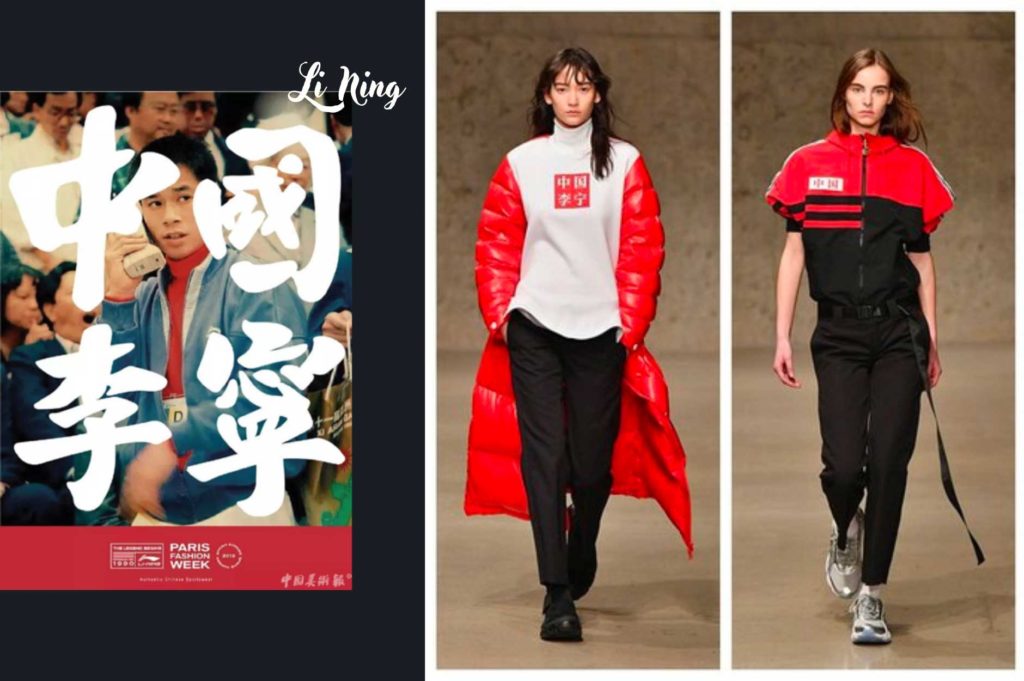
Embracing the metaverse to appeal to Gen Z
Gen Z loves the metaverse. It’s a space where brands can do cool things. Think of virtual reality, augmented reality and immersive experiences. It opens up new ways for us to get our brand out there.
We need to use this wild and futuristic place for our marketing plans in China. Gen Z likes digital ragements so they will love it when we come into their world with an innovative campaign or two! As long as we keep taking big steps like this one, we will be right at the front leading charge on innovations in branding!
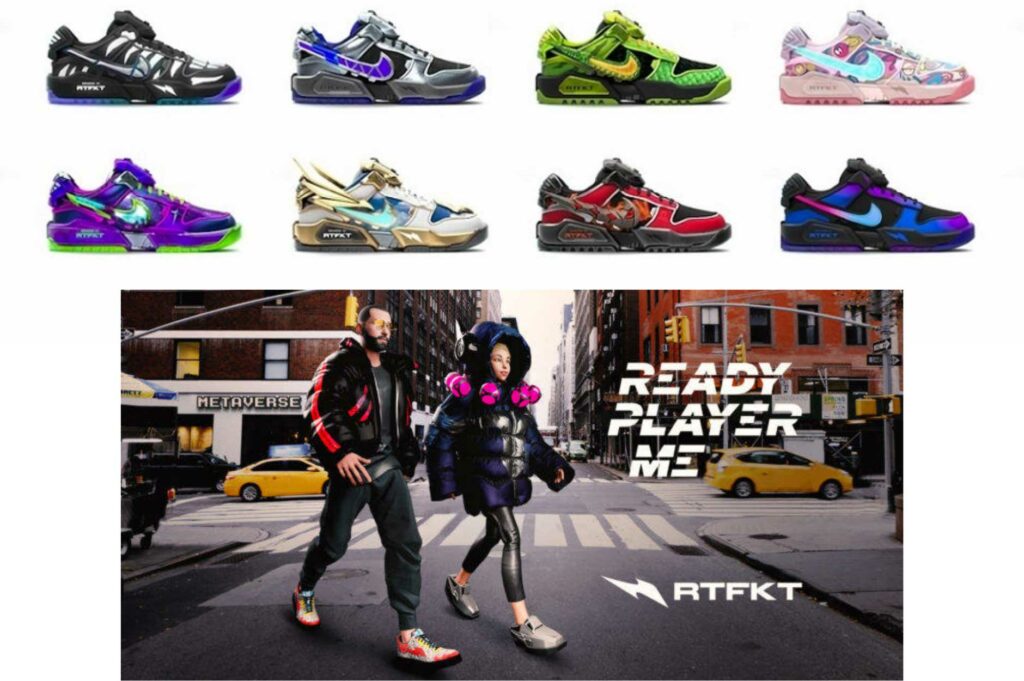
Lessons from Chinese Firms on Effective Digital Collaboration
In the realm of digital collaboration, Chinese firms set admirable precedents by adopting innovative models like “Data Sharing”, where access to first-hand consumer data boosts marketing strategies.
The “Coalition-Building” model fosters healthy partnerships among diverse businesses for a shared goal. Finally, nothing beats being an all-in-one solution or a “Superapp Platform” that integrates various services within one platform, catering to multifaceted consumer needs at a few clicks!
The “Data Sharing” model
China puts a lot of faith in data sharing. They see it as a way to grow and get better. It is all part of their big plan to use tech in new ways. This can help fix problems and also make us know more about data.
By doing this, we can work together better with other people who buy things from us or sell things to us. In turn, our jobs will do better against others they compete with. This system doesn’t come without risks though; because of this China has tighter rules regarding sharing certain types of data beyond country borders.

The “Coalition-Building” model
The “Coalition-Building” model is a key tool in China for team up and making business big. It helps to face the big problems we have in the Indo-Pacific area. In this model, you join forces with other groups or companies.
China uses this model a lot through word spread efforts and people linking in the online world. Following this way can give great ideas for amazing digital work together in China.
The “Superapp Platform” model
The “Superapp Platform” model is like a digital mall. In this, many businesses come together in one place for easy workload. It changes the way firms work together and has a big effect on many job areas.
One good example of this is the KOBIL Secure SuperApp Platform. Many people trust it to do their work well. More people want platforms like this now than ever before. Platforms that offer small apps are growing too, using up more cloud resources.
Strategic Decisions and Governance for Luxury Brand Collaborations in China
Making the right strategic decisions for luxury brand collaborations in China requires understanding the market unique needs. You must select an appropriate collaboration that aligns with your brand identity and goals.
Also, seeking out new customer segments can broaden your reach and impact in this diverse market. It’s vital to provide an enriched customer experience, often achieved through incorporating local aspects into collaborative endeavors.
Alongside this is the necessity of learning and building new capabilities catered towards Chinese consumers’ preferences. Lastly, creating a governance model increases efficiency, ensuring a smooth operation during the partnership process; you’ll want one that balances control while fostering creativity within guidelines.
Choosing the right collaboration
Picking the best partner for your brand in China is key. It’s not just about finding any alliance or joint venture. You need a collaborative effort that fits well with your brand’s vision and goals.
Think of how cool t-shirts paired with luxury brands took off because they touched on street culture trends! Aim for such nontraditional yet complementary collaborations, as these are popular especially among young consumers born after 1990.
Also, cobranding ventures with Chinese artists or museums show promise due to their appeal to Chinese customers’ love for local talent and heritage.
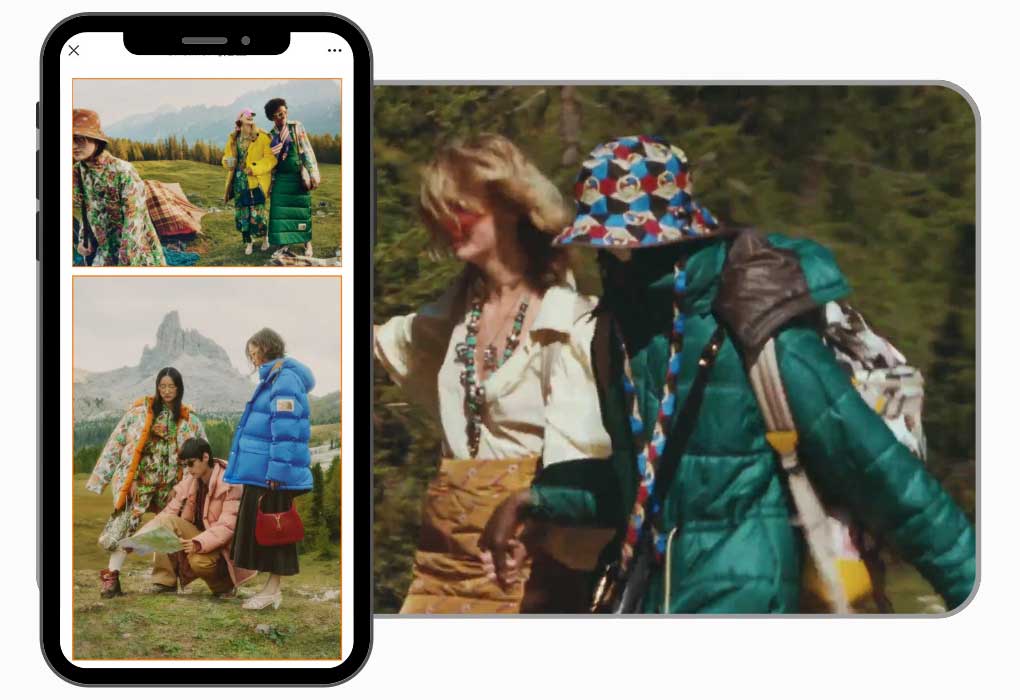
Enriching the customer experience
Making our luxury brand better for the customer is key. In China, there are ways to do this that may not be common elsewhere. We can get playful and branch out into new ideas that create value.
This gets us closer to the customers and lets us see how they make their buying choices over time. One idea we haven’t thought much about before is going for nontraditional ways of teaming up with other brands, something younger Chinese shoppers fancy a lot! This generation born after 1990 shows more interest in these unique mixes than ever before! They say change means risk but if we listen well to what the buyers want and act smart, it could mean big gains! Every step we take helps build our know-how even stronger for smarter moves in the future.
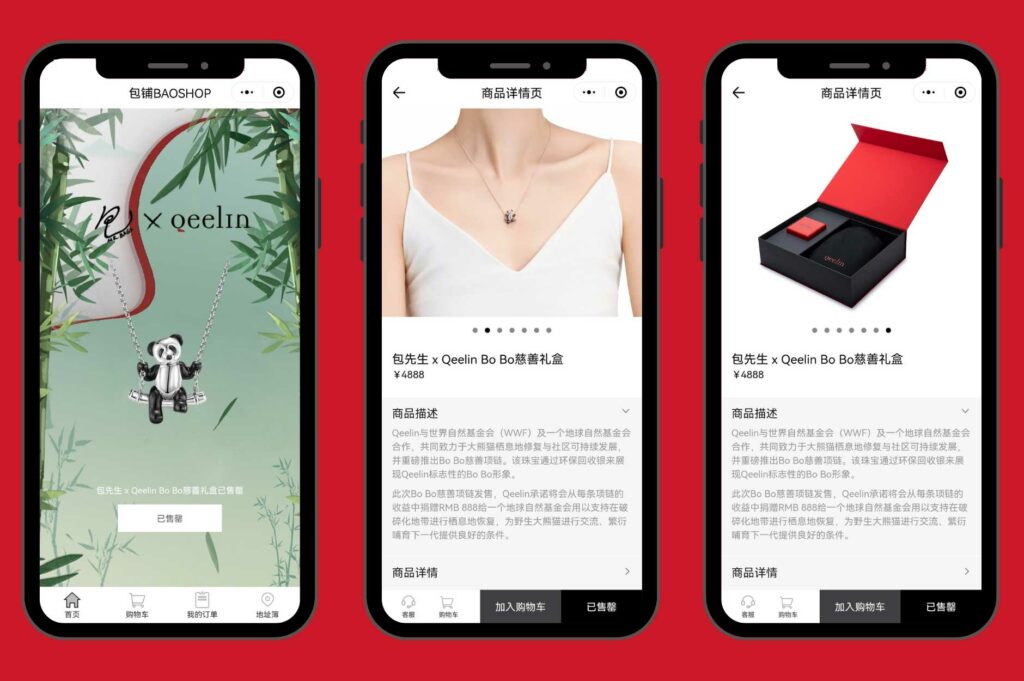
Creating the right governance model for success
A smart plan is key to a brand’s win in China. I believe the “single-threaded leadership” that Chinese firms use works well. It gives leaders clear tasks, cash to use, and jobs they must do on their own.
This will cut down any fuss that can slow you down. The leader only thinks about one thing at a time which makes them fast and good at what they do! Each change made is quick in keeping up with new market trends or changes wanted by customers.
Having this right way of running things leads luxury brands straight to success.
Gentlemen Marketing Agency: Your Guide to Brand Collaborations in China
Fashion collaborations in China are a powerful way to mix tradition with modern trends, especially in the luxury sector. Navigating this mix requires understanding, strategy, and finesse. That’s where we come in.

- Local Insights: We know China’s fashion scene inside out. We’ll help you understand local tastes, ensuring your collaborations truly connect with the Chinese audience.
- Smart Partnerships: With our wide network in fashion and luxury, we’ll help you team up with the right brands or influencers, making sure your collaboration is a hit.
- Creative Campaigns: We won’t just help you create a product. We’ll help market it with catchy digital strategies and launch events that grab attention.
- Full Support: We handle all the behind-the-scenes work, from legal details to logistics, making sure everything runs smoothly.
- Feedback and Growth: After the collaboration, we’ll provide insights and feedback, helping you learn and plan for the future.
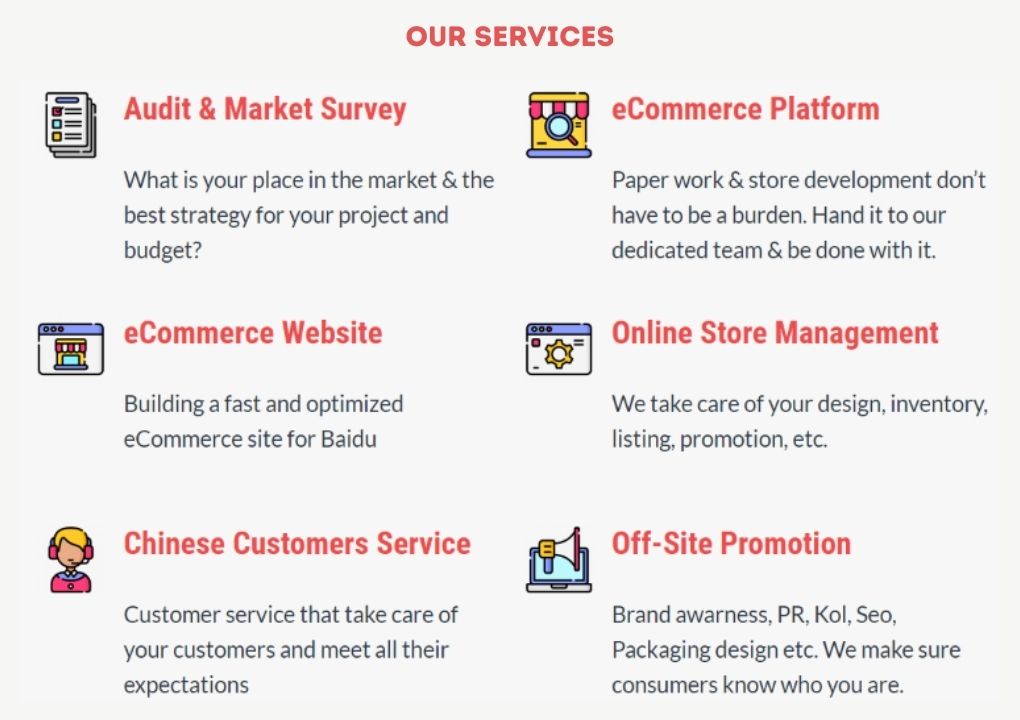
Brand collaborations in China are more than just a trend—they’re a strategy. With Gentlemen Marketing Agency by your side, you’ll be well-equipped to make the most of every opportunity. Let’s work together to create fashion moments that resonate and sell. Reach out to us today.


